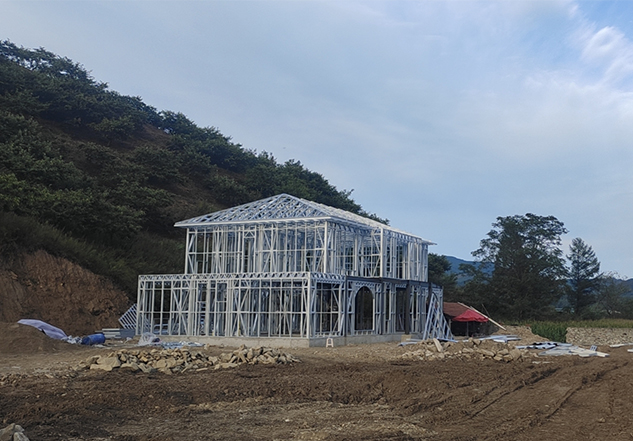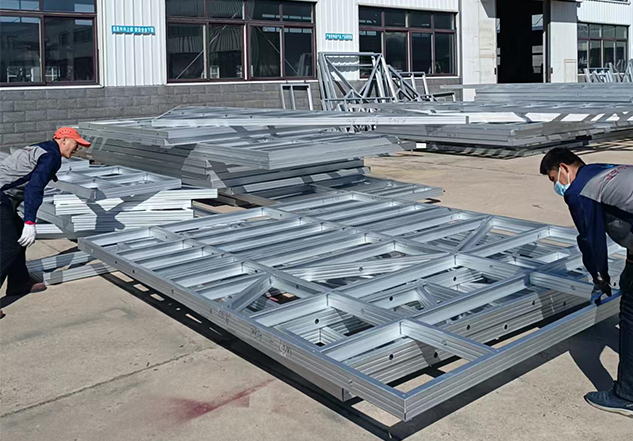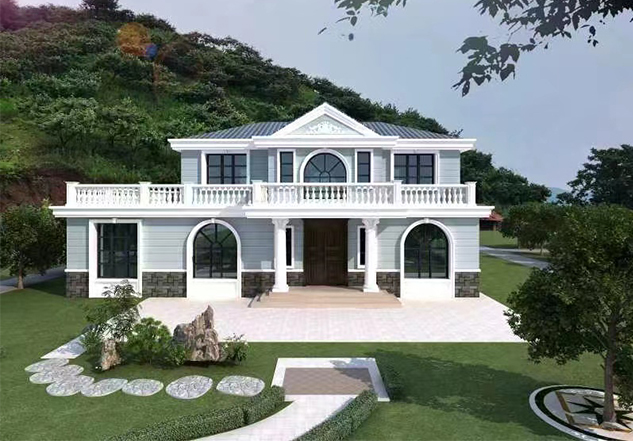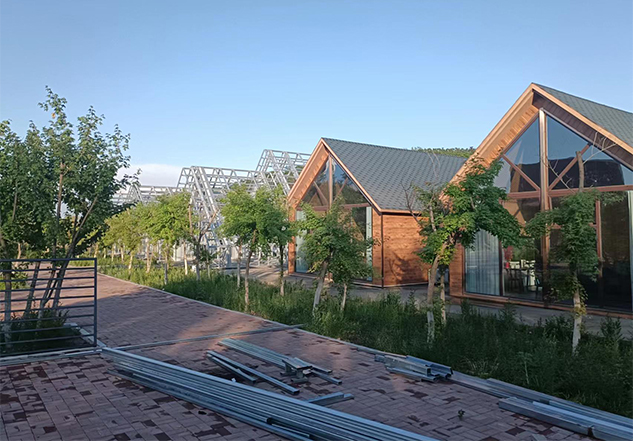A building assembled on-site from prefabricated parts and components is called a prefabricated building. With the development of modern industrial technology, houses can be manufactured in batches like machine production. As long as the prefabricated house components are transported to the site and assembled, the building is complete.

Compared with traditional construction, prefabricated buildings have faster construction speed, less impact from weather, and save labor. More importantly, these buildings are easy to dismantle and can be reused, reducing construction waste.
01 Three controllable factors
Three controllable factors

1. Quality controllable
Because prefabricated components are standardized produced and cured in factories, most common quality problems of concrete components under traditional construction, such as insufficient concrete strength, cracks, honeycombing, and rough surfaces, can be resolved;
2. Schedule controllable
Due to the assembly-based construction mode of prefabricated buildings, the construction period can be saved. After reaching the standard floor, the schedule is precisely controllable. Especially with fine decoration, overlapping construction can be carried out. Under certain conditions, the construction cycle can be reduced by more than one-third;
3. Cost controllable
Since most components of prefabricated buildings are produced in factories instead of on-site, the number of on-site workers can be greatly reduced, saving a large amount of labor and formwork costs. Prefabricated buildings advocate the SI system, which separates decoration and equipment pipelines from the main structure, avoiding major repairs to the main structure. Therefore, the comprehensive cost of prefabricated buildings over their entire lifecycle is better than traditional construction methods.
02 Five major changes
Five major changes

1. Manual work — mechanical work;
2. On-site casting of parts and components — factory prefabrication;
3. Dispersed construction — overall installation;
4. Ordinary labor — professional workers;
5. Skilled workers — operators.
03 Safety and environmental protection
Safety and environmental protection

The number of workers on site is greatly reduced, no need to set up external scaffolding, reducing safety hazards;
Low-carbon and environmentally friendly construction method. According to statistics, about 5 tons of construction waste can be reduced for every 100 square meters.
04 Resource consumption comparison between traditional and industrialized construction stages
Resource consumption comparison

05 Resource consumption comparison between industrialized and traditional building stages
Resource consumption comparison

The number of workers on site is greatly reduced, no need to set up external scaffolding, reducing safety hazards;
Low-carbon and environmentally friendly construction method. According to statistics, about 5 tons of construction waste can be reduced for every 100 square meters.
Liaoning Rundong New Material Technology Co., Ltd.
Leave a Reply